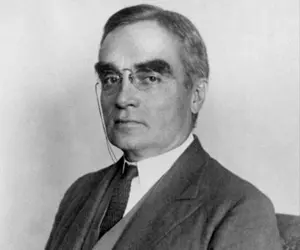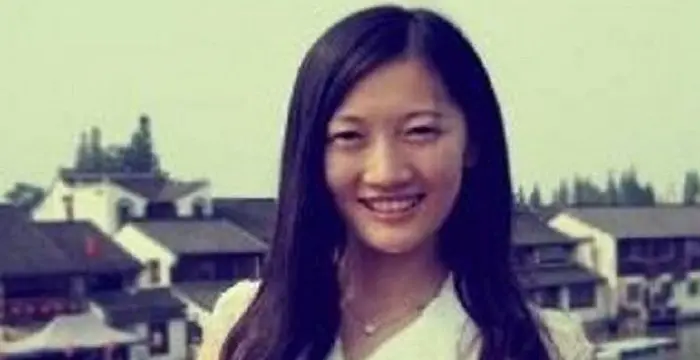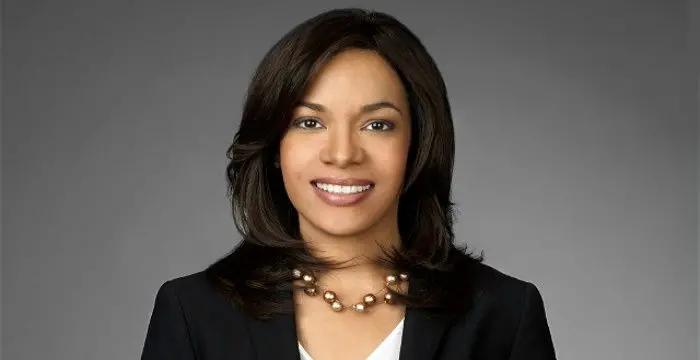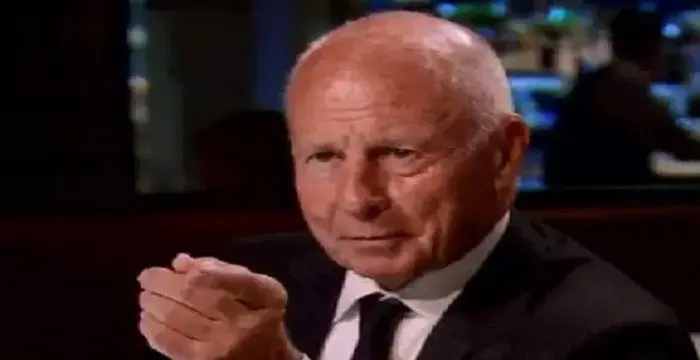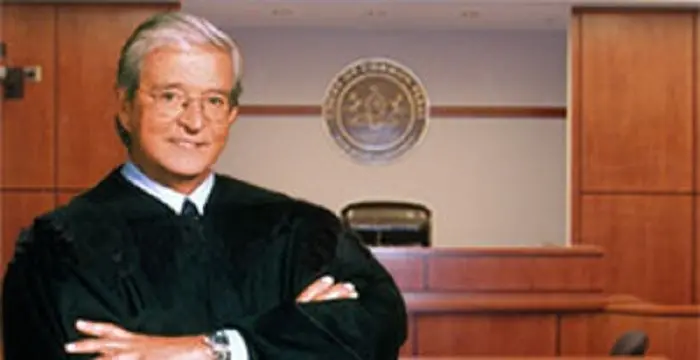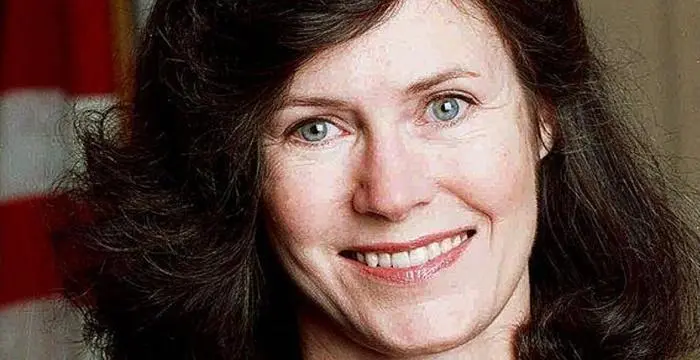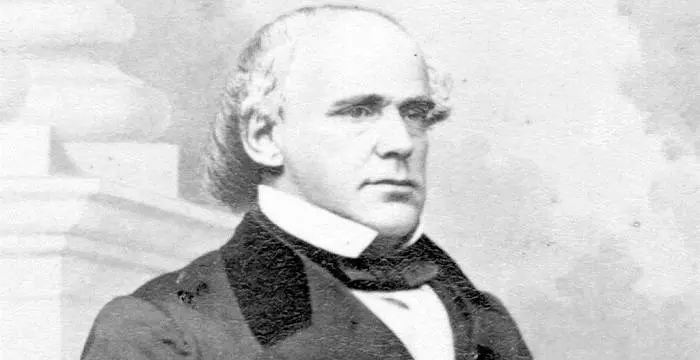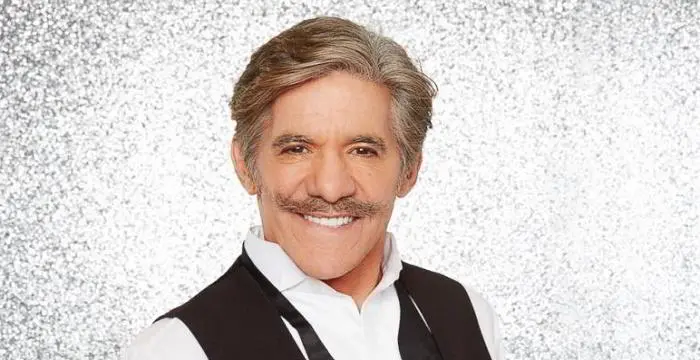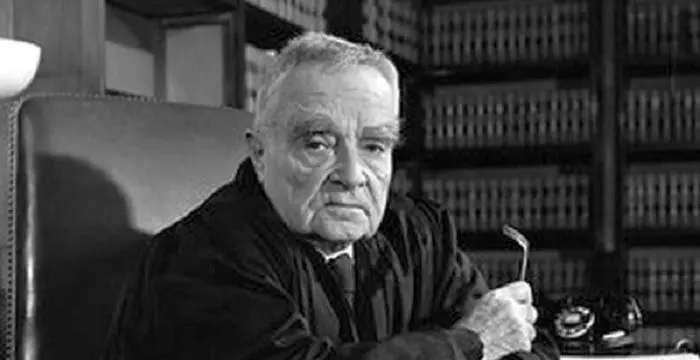
Learned Hand - Judicial Philosopher, Family and Family
Learned Hand's Personal Details
Learned Hand was a great American jurist and judicial philosopher
| Information | Detail |
|---|---|
| Birthday | January 27, 1872 |
| Died on | August 18, 1961 |
| Nationality | American |
| Famous | Harvard University, Lawyers & Judges, Former United States Judge, Judicial Philosopher |
| Spouses | Frances Amelia Fincke Hand |
| Siblings | Lydia (Lily) |
| Known as | Billings Learned Hand |
| Childrens | Constance, Frances, Mary Deshon |
| Universities |
|
| Notable Alumnis |
|
| Founder / Co-Founder |
|
| Birth Place | Albany |
| Political Ideology | Democratic Party |
| Religion | Protestant, Agnostic |
| Gender | Male |
| Father | Samuel Hand (1833–1886) |
| Mother | Lydia Hand |
| Sun Sign | Aquarius |
| Born in | Albany |
| Famous as | Former United States Judge and Judicial Philosopher |
| Died at Age | 89 |
Learned Hand's photo
Who is Learned Hand?
Learned Hand was one of the most respected American judges of the 20th Century. Born into a family of lawyers and having lost his father at an early age, he was brought up by his mother who pressurized him to take up law like his father. He passed out of Harvard Law School, but found his profession very boring. He eventually became a district judge in New York City. He associated with intellectuals and reformers like Herbert Croly and Walter Lippmann. He supported Democrat Theodore Roosevelt, although he was appointed by a Republic President as a federal judge. President Calvin Coolidge appointed him to the Court of Appeals for the Second Circuit, and he rose to become its chief Judge. The judge’s greatest works lie in the field of civil liberties. His ruling in The Masses and the Coplon cases are, but two instances of his work. Possessed with an admirable courage of conviction, he ruled against the state in a bid to protect the fundamental rights of the American citizens. He advocated the revisiting of old laws that were no longer reliable and also contributed to study of torts. He was wary of Stalinism, but was warier of McCarthyism. He never served on the Supreme Court, but is considered a legend for his pragmatic approach.
Childhood & Early Life
Billings Learned Hand was born on January 27, 1872 as the second of two children to Samuel Hand, a successful lawyer and Lydia Hand. At 14, he lost his father and was brought up by his mother.
His self-confidence was undermined by his over-protective female relatives including his mother, aunt and older sister. He began to study in The Albany Academy from age seven, and found the teachers and curriculum dull.
He joined Harvard College in 1889, and studied philosophy and economics from his sophomore year. He was taught by distinguished philosophers such as William James, Josiah Royce, and George Santayana.
A serious boy, he found campus life difficult. However, things improved, and he became a member of the Hasty Pudding Club and was elected president of The Harvard Advocate, a student literary magazine.
A diligent student, he was elected to the Phi Beta Kappa which was a prestigious society of scholarly students, and received both his master’s and bachelor’ s from Harvard Law College by 1896.
Career
Hand joined his uncle’s law firm in Albany and then became a partner in a law firm, but was unable to attract clients and found work boring. He was, however, determined to succeed.
He indulged in writing articles, teaching part-time at Albany Law School, and showed interest in politics. Although hailing from a family of Democrats, he voted for Republican Theodore Roosevelt as Governor of New York.
In 1902, he moved to New York City. While the legal work continued to be drab, he began to associate with intellectuals and reform activists. He managed to catch the attention of the influential attorney, Charles Culp Bulingham.
Endorsed by Bulingham, he was appointed a district judge in New York City, and served in this position from 1909 to 1924. The field of Patent law interested him more than the bankruptcy cases.
In the 1913 United States v. Kennerley case, disputing the soundness of the outdated Hicklin Rule, he declared that the book, ‘Hagar Revelly’ intended to educate women in social hygiene and was not obscene.
Hoping to influence Theodore Roosevelt on the need to reform the judiciary to benefit the disadvantaged, he joined Roosevelt’s Progressive Party but the Democratic Party won the 1912 elections.
Realizing that the Progressive Party had become redundant, he began to write articles for the intellectual leader, Herbert Croly's magazine, The New Republic. He sympathized with the Allies when WWI broke out in 1914.
His ruling in The Masses case did not go down well with the government. Despite being the senior most judge of his district, he was sidelined for promotion to the Second Circuit in 1917.
In 1924, President Calvin Coolidge appointed him to the Second Circuit. He had the support of not only the President, but also that of Chief Justice William Howard Taft.
He favored Franklin D. Roosevelt’s New Deal to tide over the Great Depression, but was wary of its misuse, and reproved Roosevelt’s efforts to fill the Supreme Court with New Deal supporters.
When the case of United States v. Schechter came before him in 1935, he ruled that since the Schechter poultry firm did business within the state, the National Industrial Recovery act did not apply.
He continued in support of Roosevelt during the WWII. He was deeply suspicious of the House Un-American Activities Committee, and was critical of the Nuremberg war-crimes trials.
In the post-War period, he was alarmed with the rise of Communism in Russia under Stalin, and the Cold War. But he loathed any attempt to curtail freedom by Senator Joseph McCarthy’s anti-Communist drive.
He reaffirmed the lower court’s verdict in the 1950 United States v. Dennis case, in which eleven members of U.S Communist Party were accused of calling for the violent ouster of the American Government.
In 1951, he retired from active duty, but continued to serve, actively as before, on the bench. He published The Spirit of Liberty, which sold well, but he refused the royalties that accrued.
In 1953, he was the lone voice of dissent in the 3-member bench Second Circuit’s decision to affirm the perjury conviction of William Remington, a government economist accused of Communist sympathies and activities.
Major Works
In the 1917 Masses Publishing Co. v. Patten case, Hand ruled that the journal, The Masses, should not be stopped from distribution. Though his ruling was upturned, it is remarkable for upholding free expression.
In the 1950 United States v. Coplon case before the Second Circuit bench, he said that Coplon’s warrantless arrest, and the failure to disclose all the wiretap records necessitated the reversal of her conviction.
Personal Life & Legacy
In 1902, Learned Hand married Frances Fincke, whom he first met while holidaying at La Malbaie, a Quebec resort. The couple had three daughters: Mary Deshon, Frances, and Constance.
He blamed himself for being insensitive to his wife’s need when she became close to Louis Dow, a professor and resident of New Hampshire. After Dow’s death in 1944, the Hands revived their love.
Trivia
This eminent American judge proposed a test to determine the standard of care for claims of damages in cases concerning negligence, now called the calculus of negligence.
According to this judge, “Liberty lies in the hearts of men and women; when it dies there, no Constitution, no court, can even do much to help it.”
// Famous Harvard University
Bertil Gotthard Ohlin
Bertil Gotthard Ohlin was a famous Swedish economist. This biography profiles his childhood, family life & achievements.
Xi Mingze
Xi Mingze is the daughter of Chinese Leader Xi Jinping, Check out this biography to know about her birthday, childhood, family life, achievements and fun facts about her.
Susan Sontag
Susan Sontag is an American critical essayist, cultural analyst, novelist, political activist, filmmaker and playwright of international repute. Read on to find out more about her childhood, career, profile and timeline.
Learned Hand biography timelines
- // 27th Jan 1872Billings Learned Hand was born on January 27, 1872 as the second of two children to Samuel Hand, a successful lawyer and Lydia Hand. At 14, he lost his father and was brought up by his mother.
- // 1889He joined Harvard College in 1889, and studied philosophy and economics from his sophomore year. He was taught by distinguished philosophers such as William James, Josiah Royce, and George Santayana.
- // 1896A diligent student, he was elected to the Phi Beta Kappa which was a prestigious society of scholarly students, and received both his master’s and bachelor’ s from Harvard Law College by 1896.
- // 1902In 1902, he moved to New York City. While the legal work continued to be drab, he began to associate with intellectuals and reform activists. He managed to catch the attention of the influential attorney, Charles Culp Bulingham.
- // 1902In 1902, Learned Hand married Frances Fincke, whom he first met while holidaying at La Malbaie, a Quebec resort. The couple had three daughters: Mary Deshon, Frances, and Constance.
- // 1909 To 1924Endorsed by Bulingham, he was appointed a district judge in New York City, and served in this position from 1909 to 1924. The field of Patent law interested him more than the bankruptcy cases.
- // 1912Hoping to influence Theodore Roosevelt on the need to reform the judiciary to benefit the disadvantaged, he joined Roosevelt’s Progressive Party but the Democratic Party won the 1912 elections.
- // 1913In the 1913 United States v. Kennerley case, disputing the soundness of the outdated Hicklin Rule, he declared that the book, ‘Hagar Revelly’ intended to educate women in social hygiene and was not obscene.
- // 1914Realizing that the Progressive Party had become redundant, he began to write articles for the intellectual leader, Herbert Croly's magazine, The New Republic. He sympathized with the Allies when WWI broke out in 1914.
- // 1917His ruling in The Masses case did not go down well with the government. Despite being the senior most judge of his district, he was sidelined for promotion to the Second Circuit in 1917.
- // 1917In the 1917 Masses Publishing Co. v. Patten case, Hand ruled that the journal, The Masses, should not be stopped from distribution. Though his ruling was upturned, it is remarkable for upholding free expression.
- // 1924In 1924, President Calvin Coolidge appointed him to the Second Circuit. He had the support of not only the President, but also that of Chief Justice William Howard Taft.
- // 1935When the case of United States v. Schechter came before him in 1935, he ruled that since the Schechter poultry firm did business within the state, the National Industrial Recovery act did not apply.
- // 1944He blamed himself for being insensitive to his wife’s need when she became close to Louis Dow, a professor and resident of New Hampshire. After Dow’s death in 1944, the Hands revived their love.
- // 1950He reaffirmed the lower court’s verdict in the 1950 United States v. Dennis case, in which eleven members of U.S Communist Party were accused of calling for the violent ouster of the American Government.
- // 1950In the 1950 United States v. Coplon case before the Second Circuit bench, he said that Coplon’s warrantless arrest, and the failure to disclose all the wiretap records necessitated the reversal of her conviction.
- // 1951In 1951, he retired from active duty, but continued to serve, actively as before, on the bench. He published The Spirit of Liberty, which sold well, but he refused the royalties that accrued.
- // 1953In 1953, he was the lone voice of dissent in the 3-member bench Second Circuit’s decision to affirm the perjury conviction of William Remington, a government economist accused of Communist sympathies and activities.
// Famous Lawyers & Judges
Sunny Hostin
Sunny Hostin is an American lawyer, social commentator, columnist and journalist. Check out this biography to know about her childhood, family life, achievements and fun facts about her.
Thomas Girardi
Thomas Girardi is an American attorney who co-founded the law firm, Girardi & Keese. Check out this biography to know about his childhood, family life, achievements and fun facts about him.
Jerry Sheindlin
Jerry Sheindlin is an American judge, author, and television personality. Check out this biography to know about his childhood, family life, achievements and fun facts about him.
Kimba Wood
Kimba Maureen Wood is a Senior United States District Judge. Check out this biography to know about her birthday, childhood, family life, achievements and fun facts about her.
Salmon P. Chase
Salmon Portland Chase was an American jurist and politician and served as the sixth Chief Justice of the United States. This biography of Salmon Portland Chase profiles his childhood, life, career, achievements and timeline.
Geraldo Rivera
Geraldo Rivera is an American reporter, author, attorney, and talk show host. Check out this biography to know about his birthday, childhood, family life, achievements and fun facts about him.
Learned Hand's FAQ
What is Learned Hand birthday?
Learned Hand was born at 1872-01-27
When was Learned Hand died?
Learned Hand was died at 1961-08-18
Where was Learned Hand died?
Learned Hand was died in New York City
Which age was Learned Hand died?
Learned Hand was died at age 89
Where is Learned Hand's birth place?
Learned Hand was born in Albany
What is Learned Hand nationalities?
Learned Hand's nationalities is American
Who is Learned Hand spouses?
Learned Hand's spouses is Frances Amelia Fincke Hand
Who is Learned Hand siblings?
Learned Hand's siblings is Lydia (Lily)
Who is Learned Hand childrens?
Learned Hand's childrens is Constance, Frances, Mary Deshon
What was Learned Hand universities?
Learned Hand studied at Harvard University, Harvard Law School, Harvard University, Harvard College
What was Learned Hand notable alumnis?
Learned Hand's notable alumnis is Harvard University
Which company or organization was founded by Learned Hand?
Learned Hand was the founder/co-founder of American Law Institute
What is Learned Hand's political ideology?
Learned Hand's political ideology is Democratic Party
What is Learned Hand's religion?
Learned Hand's religion is Protestant, Agnostic
Who is Learned Hand's father?
Learned Hand's father is Samuel Hand (1833–1886)
Who is Learned Hand's mother?
Learned Hand's mother is Lydia Hand
What is Learned Hand's sun sign?
Learned Hand is Aquarius
How famous is Learned Hand?
Learned Hand is famouse as Former United States Judge and Judicial Philosopher
